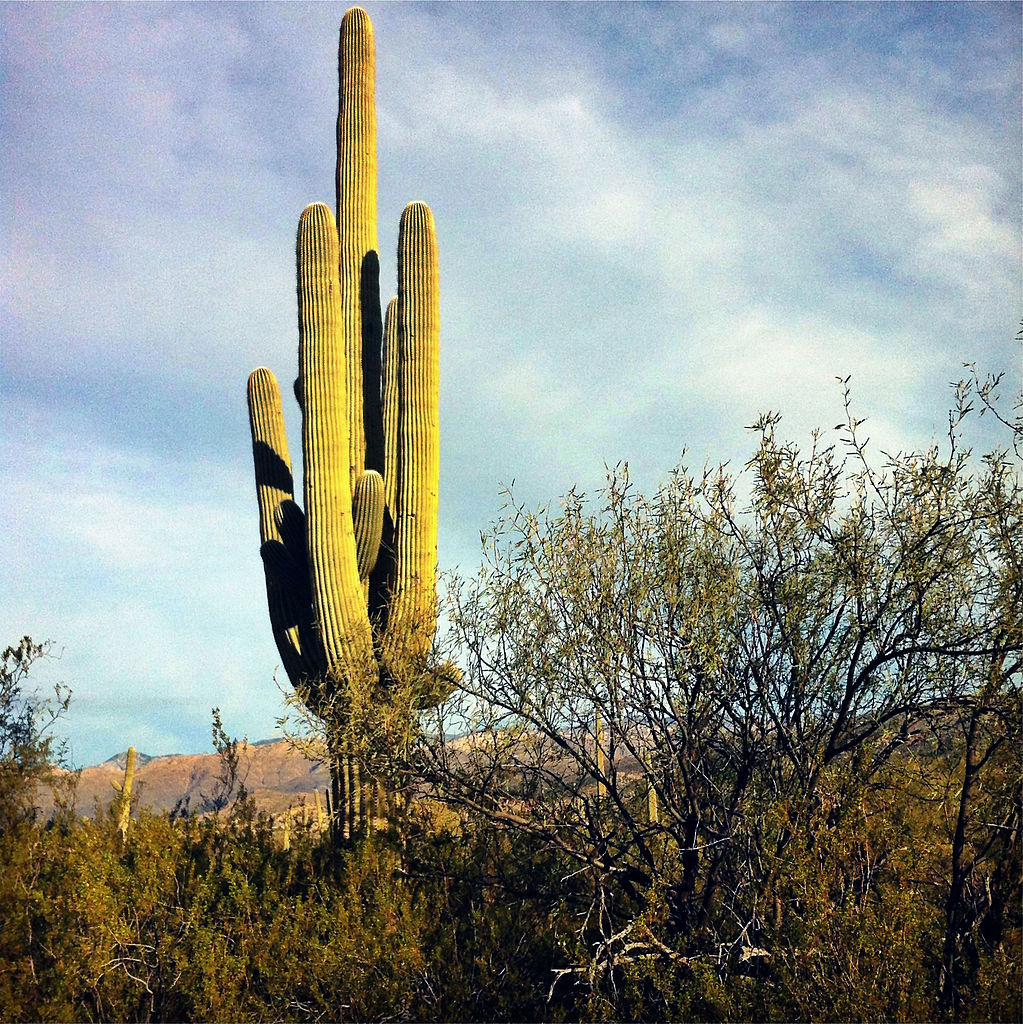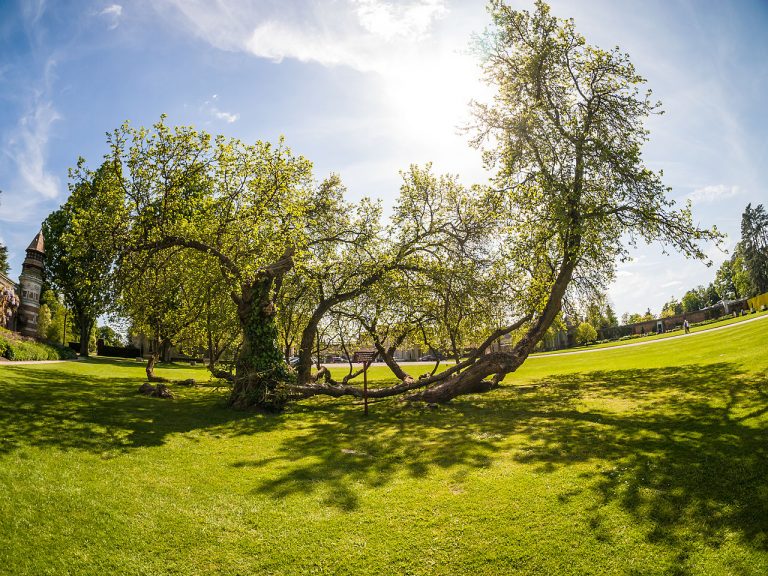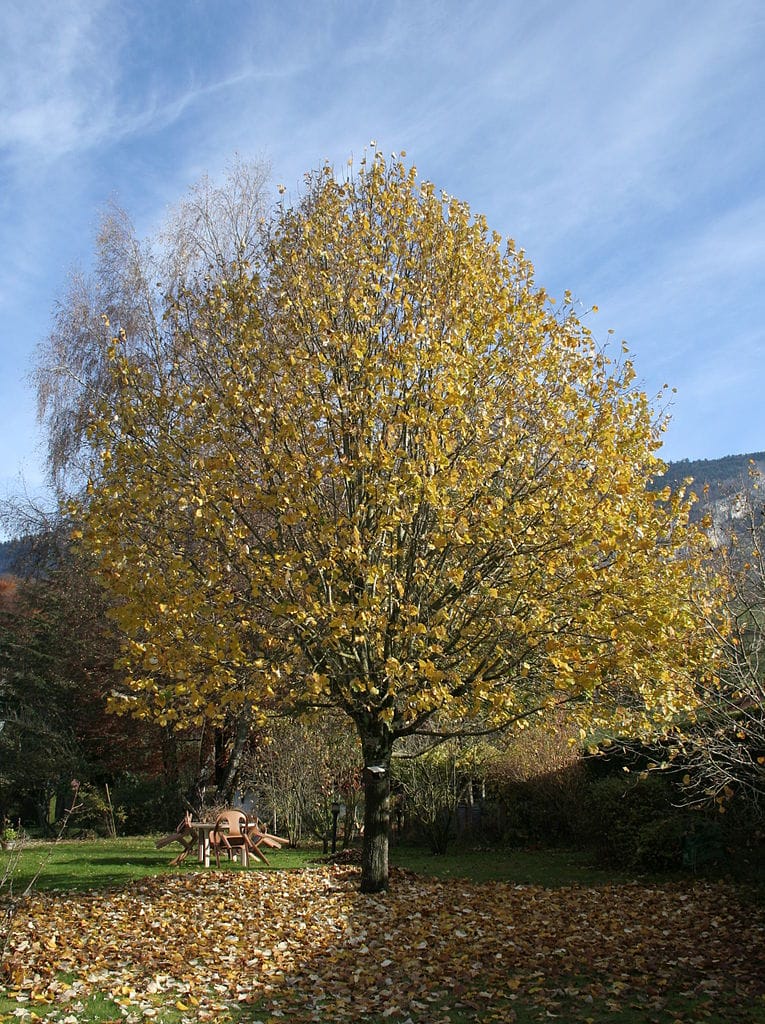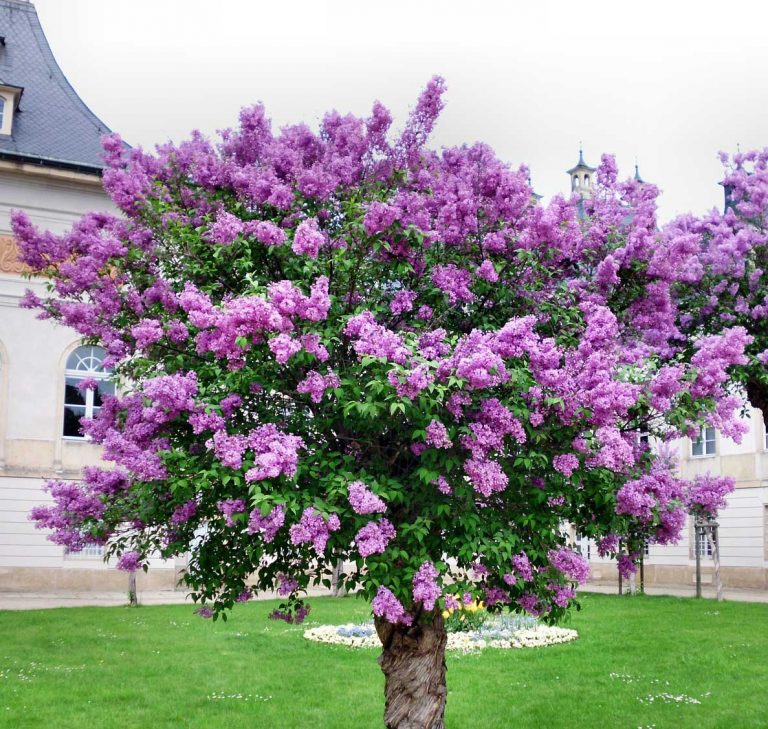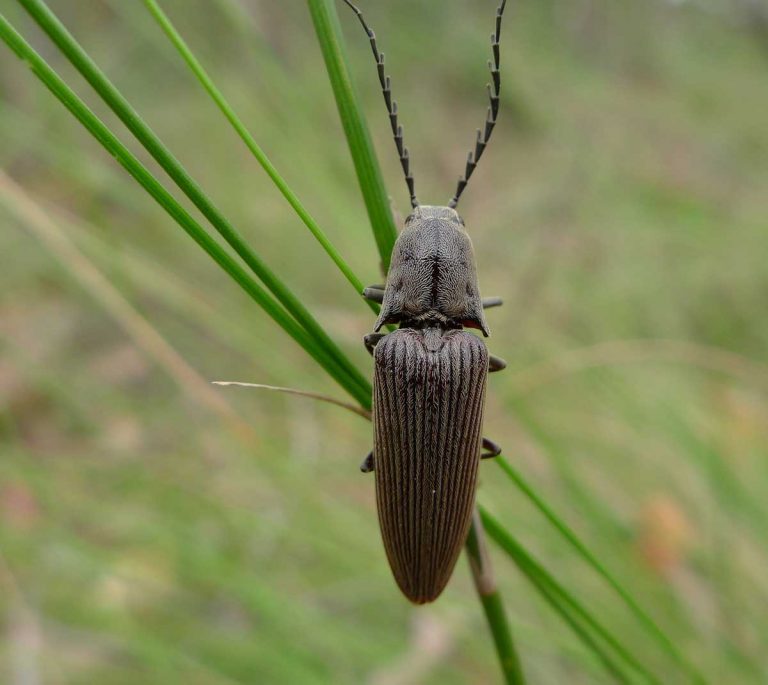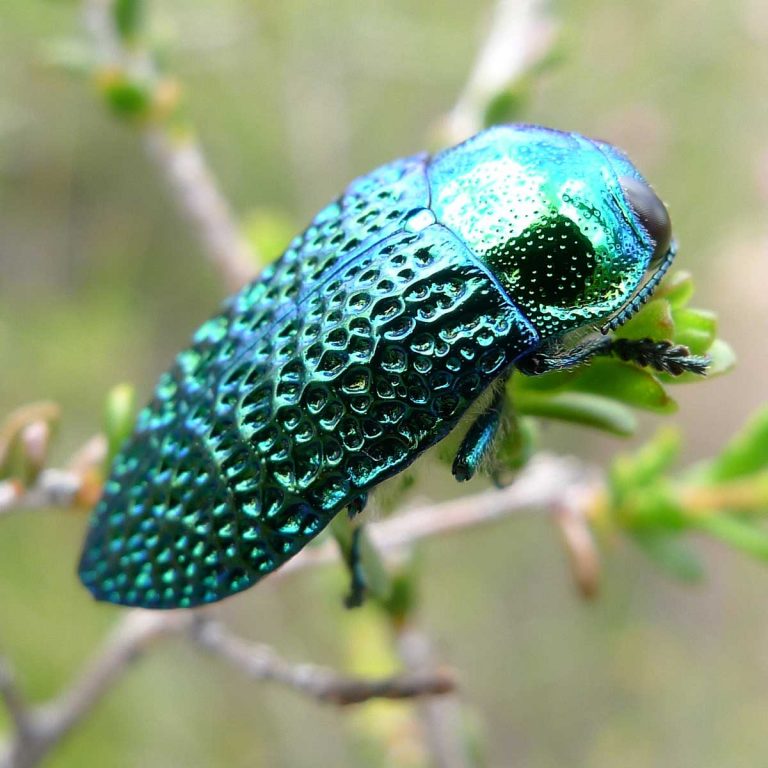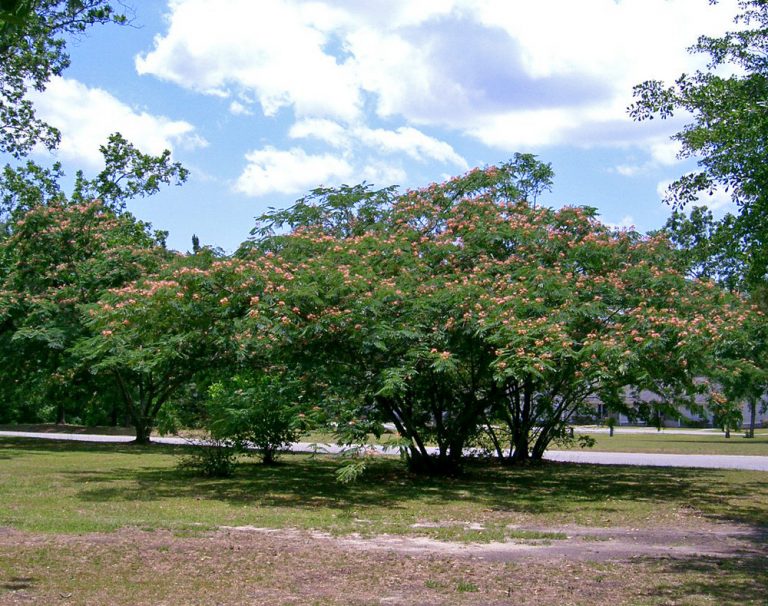Saguaro Cactus
Scientific Classification
| Kingdom: | Plantae |
| (Unranked): | Angiosperms |
| (Unranked): | Eudicots |
| (Unranked): | Core Eudicots |
| Order: | Caryophyllales |
| Family: | Cactaceae |
| Subfamily: | Cactoideae |
| Tribe: | Pachycereeae |
| Genus: | Carnegiea Britton & Rose |
| Species: | C. Gigantea |
| Binomial name: | Carnegiea Gigantea |
Saguaro cactus is also known as Giant cactus, Saguaro. This plant is not yet listed as endangered or threatened. But in Arizona, it has strict regulation about the harvesting, collection or destruction of this species. It is a very slow growing plant. A ten year plant may only be 1.5 inches tall. This cactus is considered as among the largest Cactus in the world. It can live up to 150 to 200 years. The flower of Saguaro is the state wildflower of Arizona. The cactus itself is one of the heaviest plants. This cactus has great capacity of storing water, which is why if flowers. Native birds like Purple Martins, Gilded Flickers, House Finches and Gila Woodpeckers live in the hollows of the Saguaro cactus.
History
The Scientific name of the Saguaro Cactus is Carnegies Gigantea. It is named in the honor of the American Philanthropist and Industrialist Andrew Carnegie. In the year 1933, the Rincon Mountain district made the Saguaro national monument. It was the first national monument or park to protect the species of the plant.
Anatomy
The saguaro cactus plant can attain a height of 50 feet. This plant is large and has a tree-like columnar. It develops its first branch or arm at about 75 years of age. And at about 150 years, it reaches its full height. The leaves of this cactus are modified into spines and its skin is waxy and smooth and serrated into ridges. These ridges allow the cactus plant to expand in rainy season to store more water. This plant produces its first flower after reaching a height of 6 feet. Its large, fragrant and white colored flower blooms in the spring season and they are pollinated by the bees, birds and bats. Its flower opens during the night and closes during the day. The fruit of this plant is about 3 inches in size, oval and green in color and ripens just before the fall rainy season. The flesh of the fruit is luscious, red, and bright and contains several black seeds. This plant has an amazing system of roots. The root system is shallow for such a tall and heavy plant. There are two root systems of this plant. The main root of the plant reaches up to 2 to 3 feet deep and the other root extends only one foot deep. The stems of this plant are 18 to 25 inches in diameter. The flowers of this plant occur in the month of May and its fruit occurs in the late summer season.
Habitat
The saguaro cactus plant is native to the Sonoran desert. It is also found in the Western Sonora, Southern Arizona and Mexico. You can also find them in a small part of California such as Whipple Mountains and Imperial Country. The natural habitats of this cactus are desert slopes and flats and especially rocky terrain. It also lives in the lowlands and Bajadas. This plant can grow in the Phoenix valley because the Phoenix Urban Heat Island provides adequate protection from winter nighttime cold.
Soil
The Saguaro cactus plant requires extremely loose, coarse and loamy soil. The soil should be free from organic fertilizers such as manure. It prefers draining soil and less watering. Peat moss is also ideal for the plant if it is growing inside. Peat moss helps in retaining nutrients in the soil.
Planting
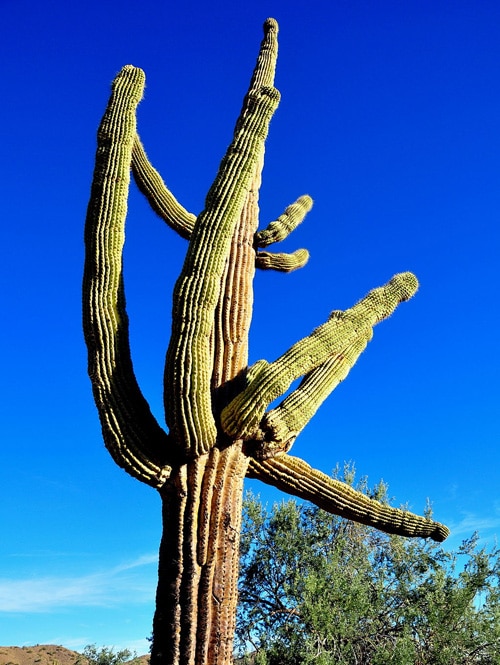
Saguaro Cactus – Photo by: Andrew Horne
The saguaro cactus plant can only grow from seeds. It is not planted with cuttings like other cactus plant. This plant can easily grow in containers. However, some people claim that it can also be planted from stem cutting and softwood cuttings.
Watering
The saguaro cactus plant requires watering on every 10 days, so the seeds do not dry out. This plant does not require water when growing from seeds. For proper growth, it requires full sunlight. Once established, it does not require regular watering.
Care
The saguaro cactus plant does not require much care and maintenance. It can tolerate drought and frost. If the plant is grown outdoors, then it does not require fertilizers. When the plant is grown inside, then it requires low nitrogen fertilizers during the growing season.
Temperature and Humidity
The saguaro cactus plant is hardy to a temperature of 25 degree F. It prefers 15 inches or less rainfall. The Seeds of this plant require surface sowing and humid and warm climate for germination. Sustained freezing temperature is not good for this plant because it will quickly kill a saguaro cactus.
Pests and Disease
The saguaro cactus plant is slightly susceptible to diseases, but the only disease which affects the plant is bacterial necrosis. This disease is caused by the bacterium Erwinia Cacticida. It is spread by the insects or can subsist in the soil. Generally, infection occurs through the tissue wounds on the plant. The symptoms of this disease are often unnoticed. You can see a small and light colored water soaked margin on the branches or trunk of the plant. Bacterial ooze is another disease of this plant and it is treated by excavating the infected area or by applying a bleach solution.
Uses
The fruits of the Saguaro cactus plant are rich in sugar and it is used by many animals as a source of food, including human beings. Spines of this plant are used as sewing needles and its ribs are used in the making harvesting tools. Native Americans use the ribs for construction and for other purposes also. The dried fruit of the plant is baked into cakes. The fresh fruit of the plant is used in jam and candy making.. The pulp can be preserved and is often used in making syrups. The fruit itself or the syrup could be fermented to make a wine. The syrup and fruit are also added into water to create a refreshing drink. The seeds of saguaro cactus are ground and used in making cakes, flour and used to make a peanut butter-like paste. The Ribs of the plant are used to make games, instruments and arrows. The thorns of this plant use for tattooing. The seri-cut pieces of this plant are applied to painful places on the body to bring relief. The flesh of this plant contains a number of B-Phenethylamines, such as Gigantine, Salsolidine, Dopamine and Carnegine. The skeleton structure of the dead saguaro cactus plant makes a good landscape ornament.

Having discovered a fondness for insects while pursuing her degree in Biology, Randi Jones was quite bugged to know that people usually dismissed these little creatures as “creepy-crawlies”.

